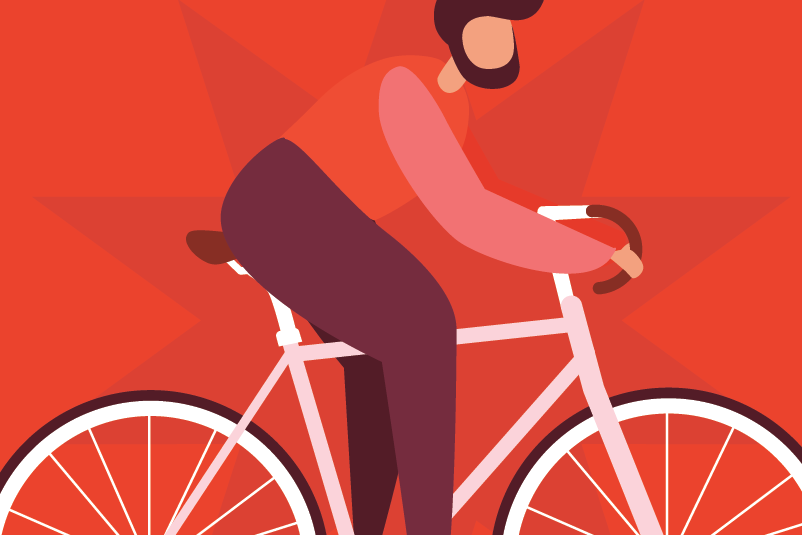#266 Exercise-induced osteoarthritis: Running into problems?

Reading Tools for Practice Article can earn you MainPro+ Credits
Join NowAlready a CFPCLearn Member? Log in
- Overall prevalence knee/hip osteoarthritis:
- ~4% (all runners) versus 10% (control) (statistical significance not reported).
- Separating runners by intensity of activity:
- ~4% in recreational runners statistically lower than 13% in competitive runners.
- ~4% in recreational runners not statistically different than 10% in controls.
- Hip osteoarthritis: no difference.
- Exception: one survey study found increased risk in 141 elite runners/cross-country skiers.2
- Knee osteoarthritis:
- Recreational running lowered risk of knee osteoarthritis:
- 32% versus 38% control.
- Competitive running versus control: no difference.
- Recreational running lowered risk of knee osteoarthritis:
- Largest cohort study, 16961 participants, followed for 11 years:3
- No association in men >50 years old, or women of any age.
- Exception: Men <50 years old who run/walk >30km/week had an increased risk of self-reported knee/hip osteoarthritis compared to sedentary controls (adjusted hazard ratio 2.4).
- No association in men >50 years old, or women of any age.
- Limitations: controls likely not completely sedentary, inclusion of case-control and cross-sectional studies, most cohort studies small (<100 participants), “diagnosis” of osteoarthritis variable (examples: relied solely on radiographs or patient recall).
- Lower risk of knee surgery due to osteoarthritis (3 case-control studies) in runners compared to non-runners: Odds Ratio=0.46 (statistically different).
- There is only a weak correlation between x-ray findings and osteoarthritis symptoms.5
- Knee injuries are associated with development of knee osteoarthritis, and some sports may be more prone to injury.6
- Exercise (any type) is one of the most effective treatments for osteoarthritis pain.7







recreational running prevents OA